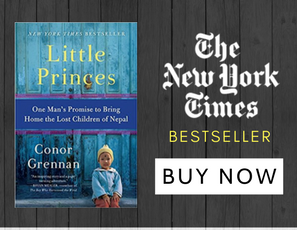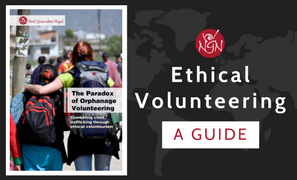The big picture: A number of geopolitical, cultural and medical factors have created the perfect pandemic storm in the landlocked Asian nation.
What’s happening: The virus is spreading rapidly, with around 9,000 new cases per day, and less than 10% of Nepalis are fully vaccinated.
- Nepal has been relying on India for vaccines, liquid oxygen and other medical supplies. As the outbreak in India worsens, it has stopped exports of certain supplies and AstraZeneca vaccine doses, and Nepal is struggling to find other sources.
While the first pandemic wave mainly hit Nepal’s big cities, this second wave has quickly spread to the villages where there is limited access to healthcare.
- The COVID-19 positivity rate is around 30% in Nepal’s capital city of Kathmandu, but as high as 65% in some more remote areas, Prabhat Adhikari, a doctor and infectious disease expert in Kathmandu, tells Axios.
- And so many of those who are dying of the coronavirus in the villages are passing away without ever taking a test or getting to a hospital that “there’s a big chunk of data missing,” says Adhikari. “We don’t even know the actual numbers.”
Another big driver of the case spike is seasonal, experts say.
- April is the peak of Nepal’s wedding season, the start of crop planting season and Nepali New Year. So every April, Nepali migrant workers in the cities, as well as abroad in India and the Middle East, return home to celebrate with their families and help with farm work.
- Says Aseem Bhattarai, another doctor in Kathmandu, “This is the time people always go home, and this time they brought COVID with them.”
What to watch: Nepal desperately needs more vaccine doses, Adhikari says. While there is some flowing in from China as India’s supply is paused, Nepal doctors are looking to the U.S. for help.
- President Biden has committed to sharing 80 million stockpiled U.S. doses, consisting of the AstraZeneca, Moderna, Pfizer and Johnson & Johnson vaccines, with other countries.






